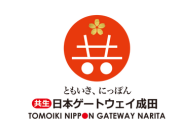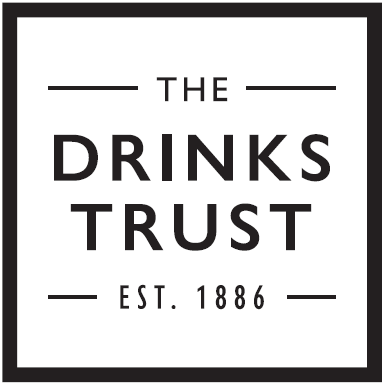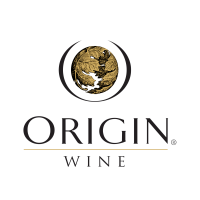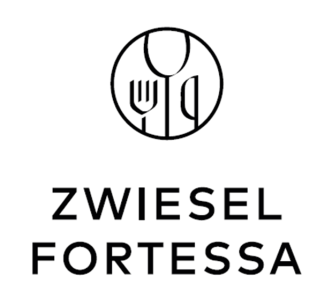Settimo Pizzolato, owner of La Cantina Pizzolato, is talking about the creation of the Venetian winery’s ‘No Added Sulphites Sparkling Prosecco DOC’.
It’s an organic and vegan Prosecco where the absence of sulphur dioxide allows “the Glera grape to openly express itself”, according to Nick Mason, senior buyer at Bancroft Wines in London. “An abundance of white pear, fresh grated apple and raspberry jump from the glass,” is how he describes the €11.40 wine.

Settimo goes on to explain: “Among our labels, No Added Sulphites Sparkling Prosecco DOC, with classic cork closure, is surely one of the wines to which we pay a lot of attention because of the complex and delicate phases the vinification process entails. It has not been easy to achieve the quality product we currently offer, but with perseverance, determination and lots of work and tests we obtained a balanced, healthy and quality wine which is suitable also for those customers who, due to allergies and intolerances to sulphur dioxide, have always had to deprive themselves of the pleasure of a glass of wine.”
Pizzolato’s No Added Sulphites Sparkling Prosecco DOC involves a single fermentation and fewer processing steps to minimise the chance of oxidation. The must, which isn’t protected with sulphur dioxide, is immediately inoculated with yeasts selected for their low SO2-producing qualities. So the fermentation begins before the must has a chance to oxidise.
The fermentation takes place in stainless-steel tanks at a controlled temperature of 14°C. Chief winemaker Walter Ceccato (above) stops the fermentation to retain the bubbles when the pressure reaches 5 atm by chilling the wine to -2°C.
The wine rests for around two months on fine lees. It is then filtered and bottled as an Extra Brut with residual sugar of between 0 and 3g/L.
Settimo explained the difficulties of producing the wine to Canopy: “When in 2012 we started the production of the NSA Prosecco, the idea was to have a frizzante Prosecco and not a sparkling one. Then we opted for the sparkling style, testing a vinification implying a second fermentation. But we noted that this second passage and the many vinification passages could increase the possibility of potential wine oxidation. For this reason, we decided to opt for a single fermentation and few, but selected, vinification processes. The result we obtain is a great and healthy wine which better preserves with the passing of time. Over the years we have also accurately worked in selection of the Glera grapes and this aspect has absolutely entailed an improvement in the organic quality of the wine too.”

The packaging is also as “green” as it can be. The glass bottle weighs around 700 grams (although Settimo thinks it may be possible to go to 600-650 grams).
The packaging also includes a hand-tied flimsy paper on the cork and a low environmental impact recycled paper label made from 15% of the winery’s grape pomace, 40% of post-consumer recycled fibres and 45% of virgin cellulose. The dragonfly on the label is there to symbolise “the pureness and naturalness of the wine”.


The winery (above), located in Treviso, recently became a ‘benefit company’ – undertaking to pursue one or more purposes of common benefit each year. This means setting objectives that have a positive effect (or that reduce a negative one) on the community and the biosphere. In Italy there are about 926 ‘benefit companies’.








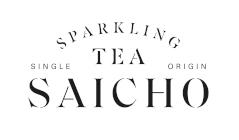




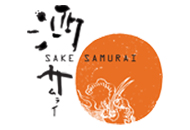
.png)
